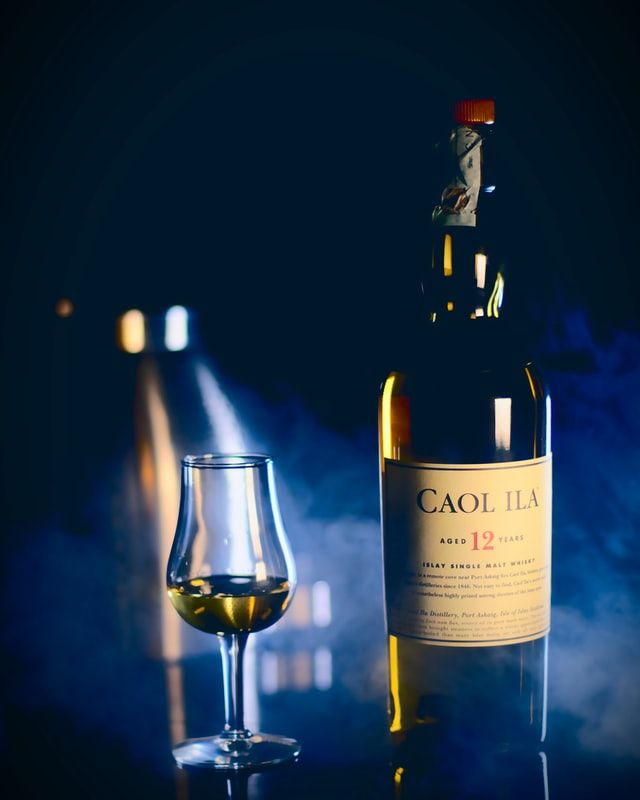An introduction to Islay malts

Thinking about Islay malts today.
There’s one good reason for that - one of the most famous Islay distilleries has just launched a new product.
I’m speaking here of the Cairdeas 2021 Pedro Ximenez Casks, which was announced by Laphroaig just a few days ago.
So, what’s so special about the Isle of Islay? Let’s talk about that today.
The Isle of Islay is situated off the West Coast of the Scottish mainland. It is famous as the location of several notable distilleries.
Islay whiskies are generally known for their smoky, peaty taste. This taste comes from the use of peat in the whisky-making process. Basically, while making whisky, the barley is malted over burning peat. The peat flavour (called phenols) then gets into the barley.
How did this particular practice come about in the first place? Well, many years ago, peat was commonly used in Scotland as a traditional source of fuel. It soon came to feature in the whisky-making process.
The level of smokiness and / or peatiness of any given peated whisky differs, depending on the distillery.
Some whiskies have really intense flavours (due to being heavily peated), while others are gently peated, and therefore milder.
One example of a strongly peated whisky is the Lagavulin 16. This is one of my favorite Islay malts. I love it for its distinctive burnt oak after-taste. Another strongly peated one is the Laphroaig - Triple Wood (so named because it was aged in three different barrels).
A good example of a gently peated whisky would be the Caol Ila 12 Year Old. Another example is the Bruichladdich 1989 Full Strength; this one is a limited release, so not readily available on the market.

Although Islay has a reputation for peated whiskies, it also produces some fine whiskies that are not peated. For example, I’ve heard about The Classic Laddie from Bruichladdich. I haven’t tasted that yet, so can’t give a view on it.
The Isle of Islay is home to the following distilleries:
- Ardberg
- Ardnahoe
- Bowmore
- Bruichladdich
- Bunnahabhain
- Caol Ila
- Kilchoman
- Lagavulin
- Laphroaig
All of these distilleries are powerhouses in their own right, but three of these have even greater global renown. The trio of Ardberg, Lagavulin and Laphroaig are also known as the Kidalton Distilleries (based on where they are located on the isle). To me, these three are the biggest names in peated Scotch whisky.

It’s also worth mentioning the Port Ellen distillery. This famous Islay distillery existed until 1983, when it was closed down. In its day, it also carried a lot of clout. Although it hasn’t produced any new whiskies for many years, there is, from time to time, a release of a bottling from its remaining casks. As you can imagine, these bottles are highly sought after; everyone wants to get hold of a bottle before the casks run dry. Some good news, though - work is currently ongoing to bring the distillery back into operation. The owners (diageo) have pumped serious money into the project. Of course, it will take years before we see any new whiskies, but whisky lovers are a patient lot. It will be worth the wait.
As I mentioned at the beginning, a new Islay malt has hit the market. The Cairdeas 2021 Pedro Ximenez Casks is a limited edition, and is already out of stock. There is a waiting list of up to four weeks, so I’ll just have to be patient. If I can wait years (possibly decades) for Port Ellen, then I think I can wait weeks for Laphroaig.
I hope you liked this piece about Islay malts. As always, feel free to share with anyone who likes whisky, and stories of whisky.